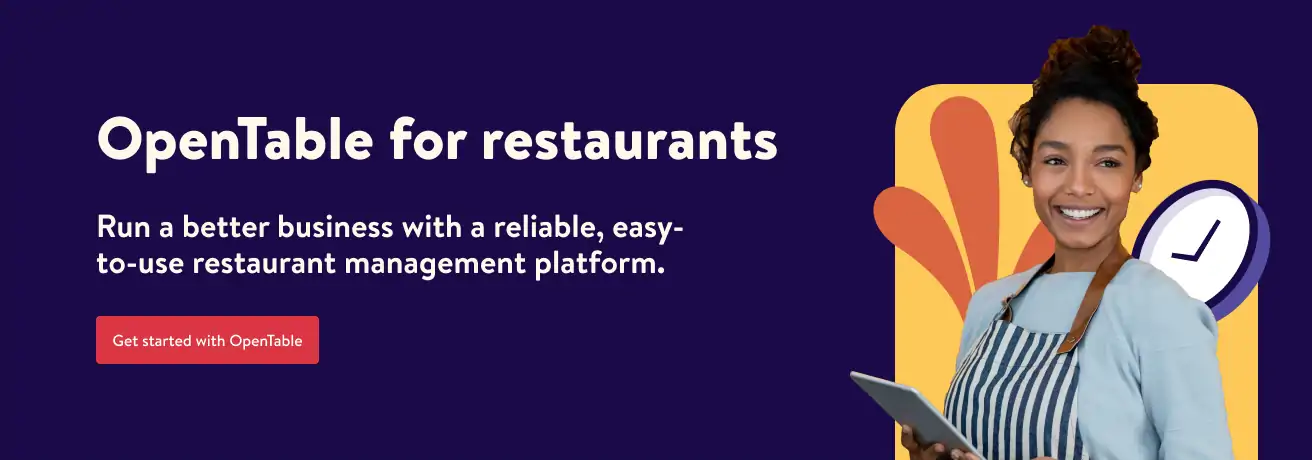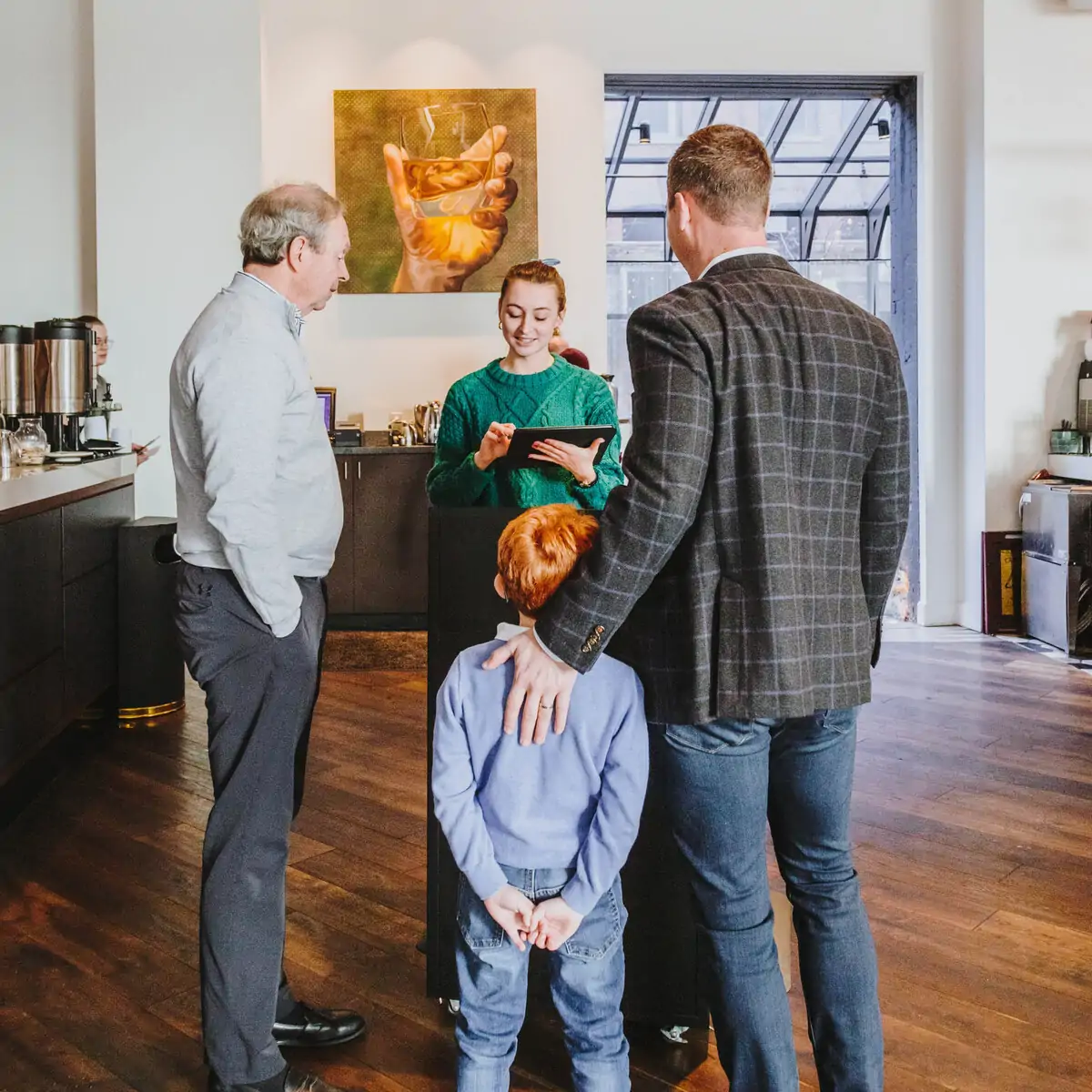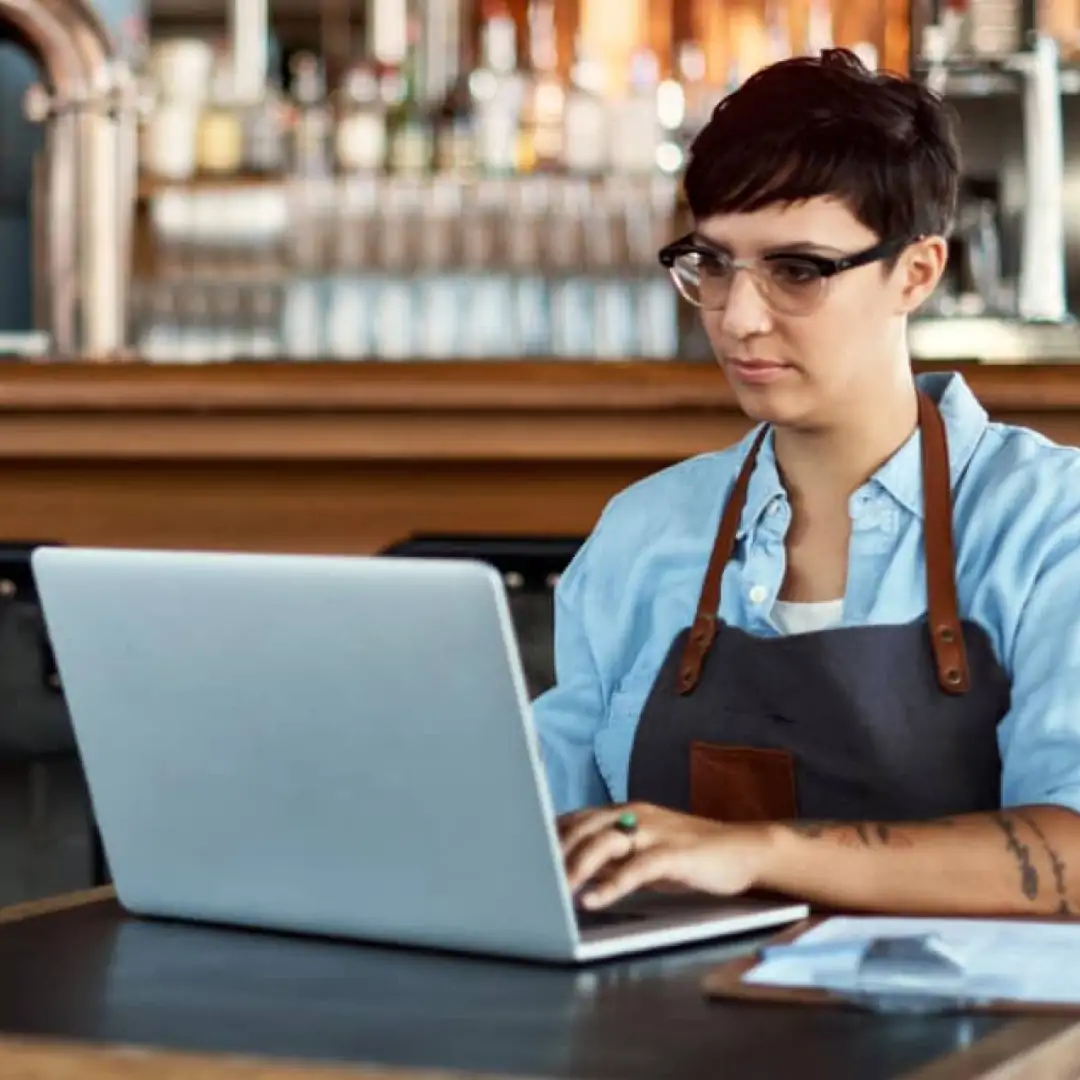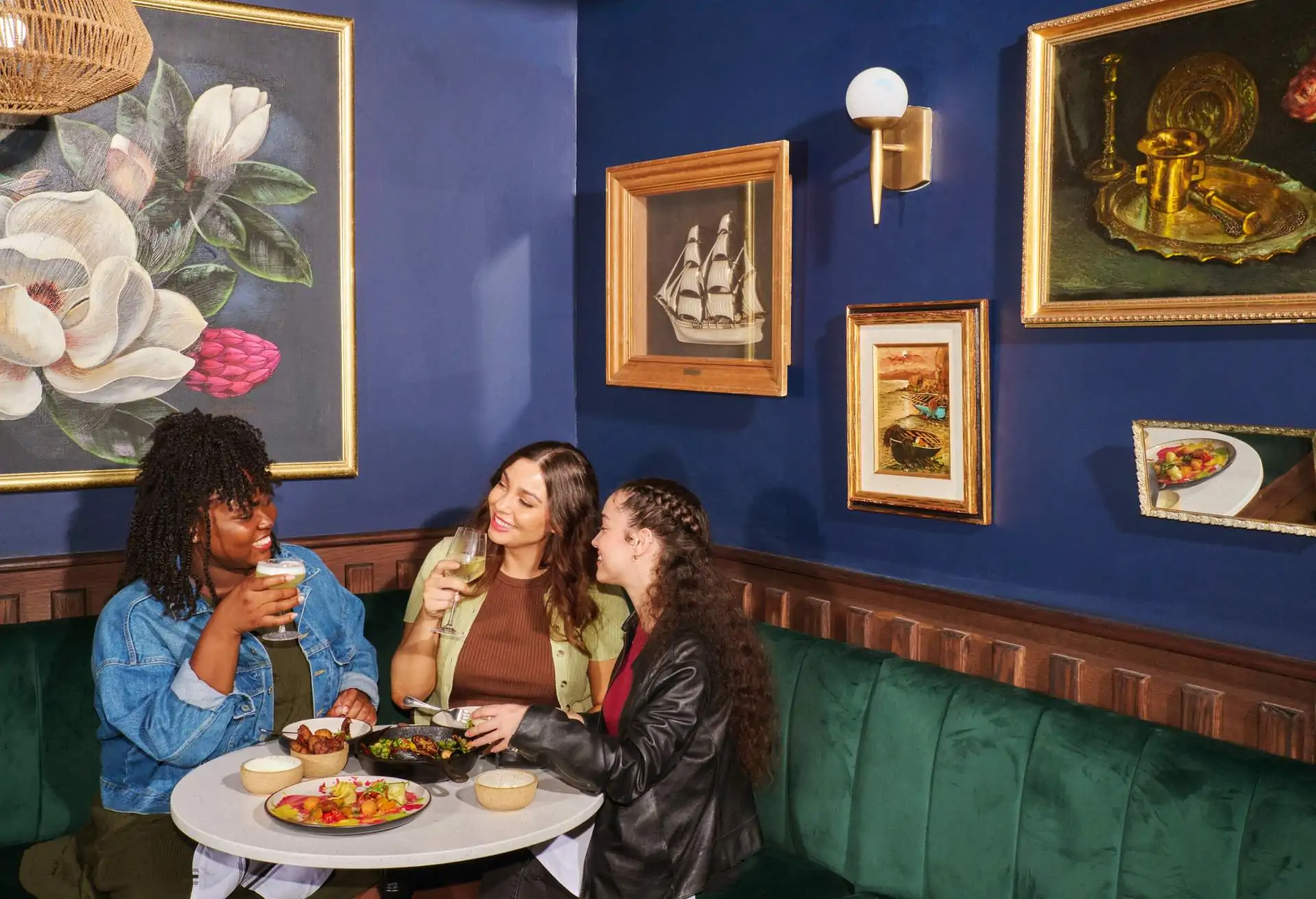When it comes to how satisfied people are with a restaurant experience, a lot depends on how the reality of their visit stacks up to expectations. Fortunately, there’s a lot you can do to make things pleasantly predictable for people and earn their trust. When guests walk through the door with a clear idea of what to expect, it can help you streamline service and offer better hospitality. Here are some easy and important ways to make sure guests are on the same page as your restaurant before they even arrive.
Be specific about your dining areas
The pandemic era has transformed countless aspects of restaurants. Many restaurants now offer more types of seating than ever before. In particular, restaurants have brought innovations like igloos and parklets in addition to sidewalk cafes, rooftop gardens, and patios.
When someone is choosing a restaurant, it can be helpful to understand what kind of seating is available. Restaurants need tools to convey these choices clearly as well as help sell them. The new dining areas feature on OpenTable allows you to add the kind of detailed information about your various seating areas that guests are looking for. It goes beyond the basic distinction of “indoor” or “outdoor.”
With creative and detailed descriptions, you can help guests picture themselves dining at your restaurant. It’s also an opportunity to express your brand and ramp up guest enthusiasm before their visit. For example, as the weather gets cooler, guests may want to know that your patio is heated. You can let guests with mobility concerns know if the area is upstairs or downstairs. You can call out spacious, semi-private, or private seating options. Some guests are very specific about the kind of seating they want, so clearly communicating what you have may attract new guests when your seating is a perfect match for their wants and needs. Best of all, when guests know exactly what their seating situation will be, you’ll minimize disappointment and requests for table changes.
Communicate party size restrictions
Be clear on your website and OpenTable profile about restrictions you have around party size. The staffing crunch has made some restaurants rethink their maximum party size. And the need to make efficient use of every table has caused some to eliminate one-person reservations. You may choose to set a minimum party size for special types of dining areas, like heated chalets or igloos, which can be in very high demand, particularly at peak times.
Only you know what kind of party sizes work across your specific seating areas and times of day. It’s likely variable, so you may want to avoid setting blanket limits. A table for 10 may be a no-go at 7 p.m. on Friday, but it’s possible that party size would be more than welcome at 5 p.m. on a Tuesday. Customize it to suit your needs.
Share time limits
Pre-pandemic, restaurants often let guests linger over tables. This has always been a problem for restaurants—they need to reseat that table to meet their revenue goals and keep things on schedule. While restaurants have internal benchmarks for table turn times, these have, in the past, not typically been communicated to guests. However, this is changing.
During the past year, it’s become more common for restaurants to let guests know right up front how long they can expect to have their table. The time limit will depend on factors like party size and time of day. Restaurants know how much time is needed for a given situation, and time limits don’t make guests feel rushed. In fact, having this time frame in place helps guests know when time is running out so they can get in that last order for a nightcap, coffee, or dessert. Providing guests with transparency around turn times is just another good practice for setting expectations that leads to better service and more satisfied guests.
Post the menus
Most guests want to check out a restaurant’s menu before committing to a reservation. Some even choose what they’d like to order before sitting down at their table. So it’s important to make menus available online, easy to read, and accurate. If you have certain menus for specific services only, try to make that as clear as possible. That way, if the smoked salmon benedict catches a guest’s eye, they’ll know they need to make a weekend brunch reservation and that they won’t be able to order on a weekday.
It’s a good idea to update your menus on your OpenTable profile as well as your website. For one thing, menus on OpenTable are automatically optimized for mobile, which is how most people will be viewing it. Meanwhile, the menu PDFs often available at restaurant websites can be tough to read on a phone screen—especially lengthy wine lists. Menus on OpenTable are formatted to be easy to navigate and scan. They’re also truncated by section, making it easy to focus on one part of the menu.
Explain no-show and cancellation policies
Take advantage of the opportunity to talk to guests via OpenTable’s booking confirmation screen. This is a great place to share any important policies people should be aware of. Filling them in about what happens if they don’t show up or cancel their reservation by a certain time helps set accurate expectations about your policies. If you have an automatic gratuity, you could let them know in advance.
It’s also a chance to let guests know whether you can accommodate dietary preferences and how to make those requests, as well as share other logistical details about things like parking or valet. We make it really easy with Direct Messaging—because what to do with the car may seem like a small thing, but it’s one more way to keep operations running smoothly and offer excellent hospitality.
When it comes to managing guest expectations, there’s no such thing as over-communicating. Use all the tools at your disposal to make sure people know what to anticipate before they arrive. It will pay off in terms of happy guests and more predictable, smoother operations.





